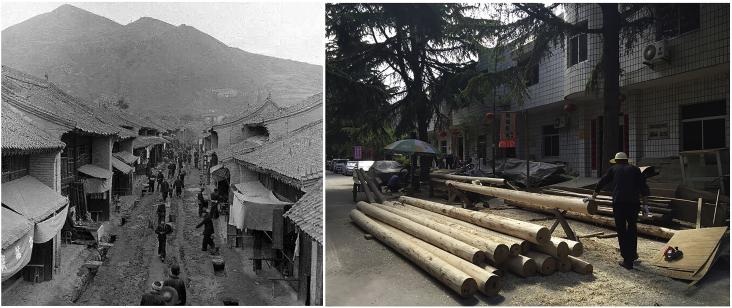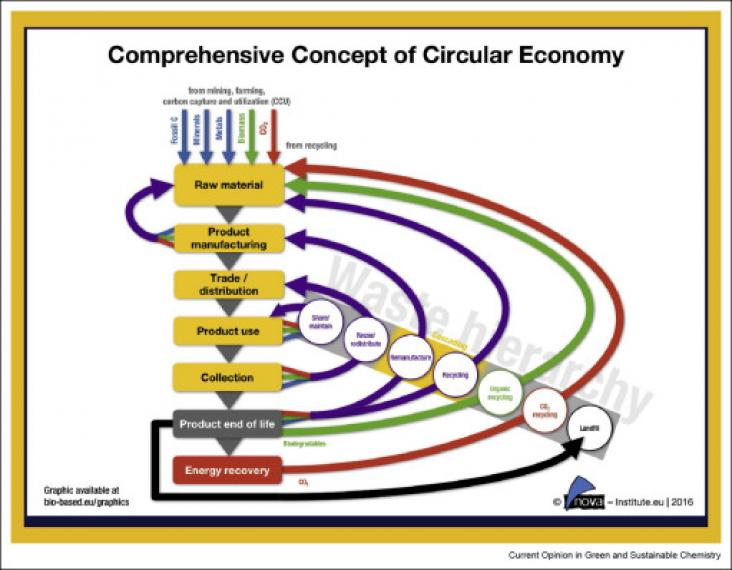Metal-organic framework (MOF) materials are porous materials with high surface area that offer enormous flexibility of design and tailoring of its surface properties to be used in diverse chemical pro
Innovating with intent: How science and sustainability can combine to develop a safer, novel solvent
This article describes how a chemical company identified, developed and marketed a new solvent using EPA standards.
The replacement of the fossil resources historically employed for chemicals’ production is of major scientific interest the last decades, as a result of the environmental issues arisen and the price v

Increasing attention has been given to historically and culturally significant traditional villages in China in the past five years. Two key themes have been protection and usage.
Enzymes are used in biocatalytic processes for the efficient and sustainable production of pharmaceuticals, fragrances, fine chemicals, and other products.
The paper presents the most recent advances in applications of alternative medium to replace polar aprotic solvents such as dimethylformamide (DMF), dimethylacetamide (DMAc) or N-methyl-2-pyrrolidone
A climate mitigation comprehensive solution is presented through the first high yield, low energy synthesis of macroscopic length carbon nanotube (“CNT”) wool from CO2 by molten carbonate electrolysis
Nanoscience is an inspiring and influential discipline of science which have accessible numerous novel and cost-effective yields and applications.
‘Biosphere reserve’ is a United Nations (UN) designation stipulating that a region should attempt to follow the principles of sustainable development (SD).

